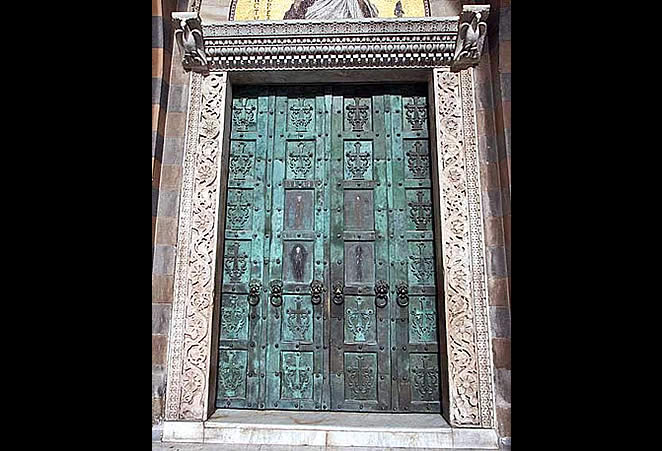The 12th century door at Wells Cathedral and its religious symbolism

The 12th century door at Wells Cathedral, a stunning example of medieval craftsmanship, is one of the most captivating features of this iconic Somerset landmark. Not only does it represent an extraordinary achievement in architectural design, but it also carries profound religious symbolism that has endured for centuries. This article delves into the significance of this historic door and what it reveals about the spiritual and cultural context of its time.
The Craftsmanship of the 12th century door

The door at Wells Cathedral is a masterful creation that reflects the skilled artistry of its 12th-century makers. Crafted from stone, the door’s design is a testament to the ingenuity of medieval craftsmen, who combined both functional and aesthetic elements in its construction. The intricate carvings and detailed relief work depict biblical scenes, which served not only as decoration but as an educational tool for a largely illiterate population. In a time when many people could not read, these carvings allowed churchgoers to experience the stories of the Bible in a more visual, accessible form.
Religious Symbolism in the 12th century door

The symbolism of the 12th century door at Wells Cathedral is deeply rooted in Christian theology and the ecclesiastical purpose of the building. The door was designed to be a symbolic barrier between the sacred interior of the cathedral and the secular world outside. Its heavy, imposing structure represents the threshold between earthly life and divine worship. The carvings on the door include scenes that tell the story of salvation, such as the Last Judgment, Adam and Eve’s fall from grace, and scenes of Christ’s life and resurrection. These images not only provided a visual representation of Christian teachings but also served to remind the faithful of the promise of salvation through Christ.
The Door as a Gateway to Faith

The 12th century door at Wells Cathedral also served as a literal and metaphorical gateway to the spiritual world. In medieval Christian belief, entering a church was an act of entering a space that was sanctified and holy. The door acted as a reminder of the need for spiritual purity before entering the presence of God. It was customary for people to pause at the threshold, offering a silent prayer or reflection before crossing into the sacred space. The heavy wooden door, with its religious carvings, stood as a reminder of the sacrifices and spiritual readiness required to enter this sacred realm.